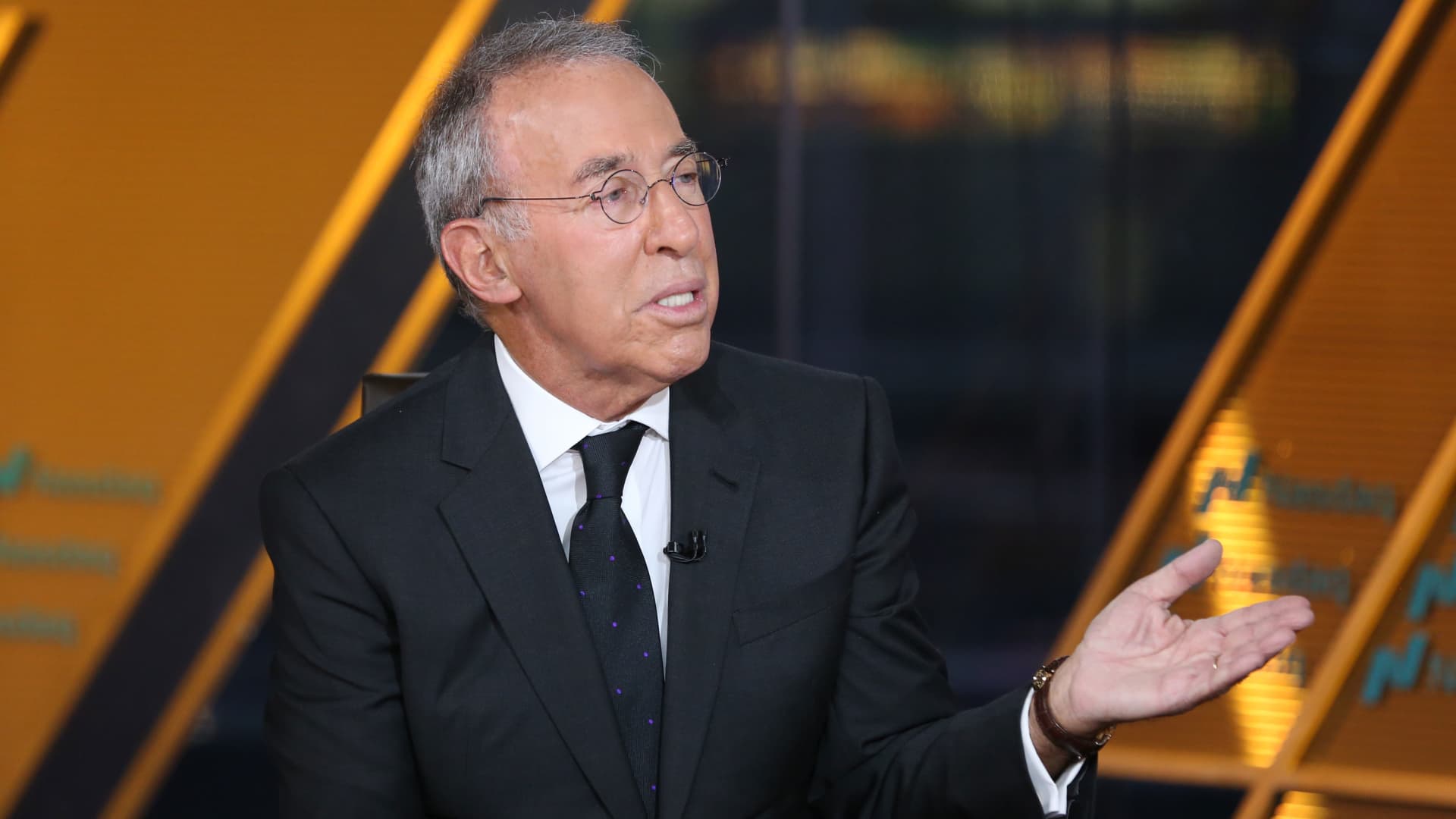Avoiding the $500K+ RMD Shock: Essential Tips for Retirees
:max_bytes(150000):strip_icc():format(jpeg)/GettyImages-1771588142-0fd6b811d5fc420084c3985753f2cffe.jpg)
:max_bytes(150000):strip_icc():format(jpeg)/GettyImages-1771588142-0fd6b811d5fc420084c3985753f2cffe.jpg)
Kate_Sept2004 / Getty Images
Talk to a financial advisor about a Roth conversion to lower the RMD hit.
Required minimum distributions (RMDs) are mandatory annual withdrawals from a retirement account. And if your account has a high balance—say, $500,000 or more—you could have to withdraw a large amount of money every year (depending on your age, marital status, and life expectancy).
Large withdrawals can mean bigger tax bills. What steps might you take to lower them? There are options. For instance, while you can’t lower your RMD, you may want to consider a Roth conversion or a rollover to a workplace plan to lighten your financial burden.
Key Takeaways
- A high balance increases the amount of your RMD, which can increase your tax liability.
- While you can’t lower RMDs, you can do a Roth conversion or a rollover to an employer plan if you’re still working.
- Taking distributions before age 73 and/or larger withdrawals in a lower tax bracket can also relieve your financial burden.
The Shock of High RMDs
You must begin taking RMDs by April 1 of the year after you turn 73. RMDs aren’t calculated using a fixed percentage. Rather, they’re based on a life expectancy factor determined by your age and marital status. This is then applied to your account balance.
Calculate your RMD by dividing your year-end account balance for the previous year by your Internal Revenue Service (IRS) life expectancy factor, which can be found here. You should quickly see that the higher the account balance, the larger the distribution required.
“If your account balance is over $500,000, then your RMD percentage will inherently be greater than those with account balances below $500,000,” Nicole White, a financial advisor with Edward Jones told Investopedia in an email.
Example
Let’s say you have a traditional individual retirement account (IRA) with a $600,000 balance at the end of last year. You’re 73 years old and are planning to take your first RMD. Looking at the IRS Uniform Lifetime Table,* your life expectancy factor is 26.5. Therefore, your RMD this year will be:
$600,000 ÷ 26.5 = $22,641.51
These added funds may push you into a higher tax bracket for the year if you have additional sources of income, such as a job, a rental property, or pension payments.
*There are different life expectancy tables, so be sure to select the appropriate one.
You can also work out your RMD using the Required Minimum Distribution Calculator from the Securities and Exchange Commission (SEC).
Strategies to Reduce Your RMDs
While White says that IRS guidelines prevent you from lowering your RMD, the following strategies may give you some relief:
- Convert your assets to a Roth account. Although you are taxed on the amount you convert, you aren’t required to take any RMDs in the future.
- Roll over assets subject to an RMD into an employer plan if you’re still working. According to White, you don’t have to take RMDs from your current employer’s plan until April 1 after the year you retire.
You may also want to take distributions before you turn 73 and/or take larger ones when you’re in a lower tax bracket. Future RMDs would likely be lower, which means you’d reduce future tax implications.
The Bottom Line
The government wants its share of your retirement account earnings, so RMDs are in place to prevent tax avoidance. Those about to start their RMDs could be in for a surprise should the distribution be large enough to bump them into higher tax brackets.
“Working closely with a financial advisor can help ensure you don’t miss these important deadlines and can help you determine the right approach for your RMD funds based on your specific situation,” White said.
That, in turn, can align your finances with your long-term retirement goals.
If you’re unsure of when your RMDs must be taken (or how your retirement accounts work), speak with a financial professional associated with your retirement plan at work or with your IRA.









